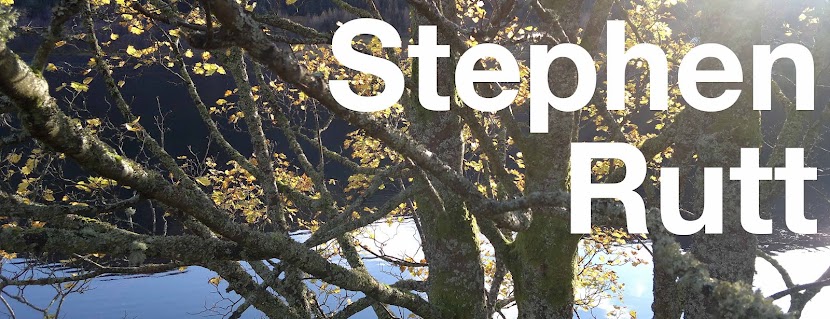Irony: the whiteboard said the birding was slow, blaming it
on summer floods; the blackboard said there was a Glossy Ibis, a Purple Heron
and a Spotted Crake. Oh and a fifty strong flock of Garganey. If that’s slow
then I imagine on a reasonable May day the RSPB’s Ouse Washes is like some kind
of Fenland Hortobagy.
But I get ahead of myself: firstly, the weather. Grey again,
obviously. Secondly: a bank holiday Monday, an afternoon, the atmosphere as
airlessly lethargic as a vacuum. A vacuum through which caravans are towed
slowly that is. Thirdly: you can see Ely cathedral shake in the haze from here.
That’s to the southeast. Homewards. I’m hardwired to face north, so it feels
weird to drive for an hour or so and turn to face home. But in between us and
home is the floodplain between two raised banks, keeping the local area flat
and free from reclamation by the sea. And although it stands in the way of
nature, between these banks is a quite incredibly array of wildlife. And for
me, right now, birds. The biggest spread of birds I’ve seen in far too long.
Flock to flock, horizon to reedbed to open water. Ducks, everywhere, mostly asleep
like students. Copious egrets stood considering the fish under the gently
rippling waves. Waders scattered over the muddy fringes and a large dead pike slowly
rotted on a bank between two gateposts. Sauntering past, a Glossy Ibis picks at
the ground, as if it sees dead fish daily.
I’ve seen a few Glossy Ibises, but none as close as this and
as with all these things, they’re better up close. You could see the delicate
white flecking around the head, and the oily iridescent green to its otherwise
dull, dark back. And as with all birds, they’re much smaller than you expect.
They’ve also been turning up in Britain in recent years with much more
frequency and in much bigger flocks than before. I don’t know why. I quite like
it that way.
Then we spent roughly another hour sat in the hide, not
seeing the Purple Heron or Spotted Crake. Instead, a few Greenshank - a wader
that eludes me on some years and I can’t escape in others – stalked through the
deeper water, stabbing with its bill.
It’s hard to make an eclipse duck exciting. Not even
fifty-ish of them spread out across a marsh. But then I’ve only seen one or two
per spring most springs since I started birding, seven years ago. So this
monstrous, gargantuan, flock of small, highly contrasting ducks with funky
faces, were also more Garganey than I’d ever seen in my life. That, is
significantly more exciting to me that it seems in words written down. It was
also a uniquely odd experience. It’s normally a duck you struggle to see. Here
it seemed that every third or fourth duck amongst the Teal, Shovelers and
Mallards, was a Garganey.
It’s tempting to see this one off afternoon as a glimpse of
a globally warmed future for fenland birding and an excuse to burn your weight
in carbon, daily, for more exciting birding in ten years time. This would be
foolish: if melting polar ice knocks the gulf stream out, we’ll be as cold as
Moscow. If it heats us up, that’s our exciting northern birds gone, forever.
And, after all, fifty strong flocks of Garganey are vastly improved by their
oddity.



No comments:
Post a Comment